-
About
- About Listly
- Community & Support
- Howto
- Chrome Extension
- Bookmarklet
- WordPress Plugin
- Listly Premium
- Privacy
- Terms
- DMCA Copyright
- © 2010-2024 Boomy Labs

Listly by admin-495
Not all art plays by the rules. Some painters throughout history shattered expectations, challenged norms, and even caused outrage with their work. This list explores ten such artists, rebels who pushed boundaries and sparked conversation (and sometimes, scandal) through their paintings. From dramatic religious scenes to distorted figures and bold social commentary, these artists dared to be different, leaving an undeniable mark on the art world.
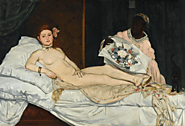
**Édouard Manet (1832-1883): A key figure in the development of modern art, Manet's "Olympia" (1863) caused a scandal with its depiction of a nude woman directly looking out at the viewer. This challenged traditional expectations of female models and sparked debate about propriety in art. Manet's use of loose brushwork and everyday subjects further challenged the academic style of his time.
Big Wall Art
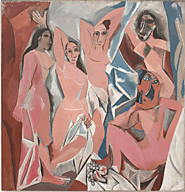
Pablo Picasso (1881-1973): A revolutionary artist, Picasso co-founded Cubism, a radical style that fragmented forms and defied traditional perspective. His masterpiece "Les Demoiselles d'Avignon" (1907) with its distorted figures and bold colors, initially shocked viewers with its departure from artistic norms. This daring work paved the way for modern art movements.
Modern Cubism
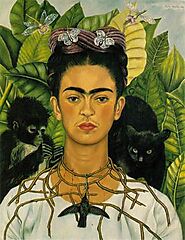
Frida Kahlo (1907-1954): A Mexican artist, Kahlo's self-portraits unflinchingly explored themes of pain, identity, and the female experience. She often depicted herself in a raw and emotional way, challenging societal expectations of femininity. Her paintings, infused with Mexican folk art and symbolism, continue to inspire and challenge viewers today.
Large Prints
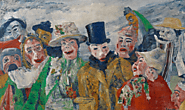
*James Ensor (1860-1949): * A Belgian artist, Ensor's work is characterized by its grotesque satire and carnivalesque imagery. He often mocked the bourgeoisie and religious hypocrisy of his time in paintings like "Christ Entering Brussels in 1889." Ensor's use of masks, skeletons, and exaggerated features created a sense of unease and challenged viewers to confront the darker aspects of society.
Curious
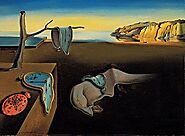
Salvador Dali (1904-1989) In the Persistence of Memory, a surreal masterpiece, the melting clocks symbolize the relativity of time, which fascinated Dali. While some saw it as a profound exploration of human perception, others found it to be a disturbing and nonsensical depiction of time.
Excitement

Andy Warhol (1928-1987): An American pop art icon, Warhol blurred the lines between high art and commercial culture. He appropriated mass-produced imagery like Campbell's Soup Cans and celebrities like Marilyn Monroe into his silkscreen paintings. Warhol's work challenged traditional notions of artistic value and sparked debate about the role of art in a consumerist society.
Inspiration
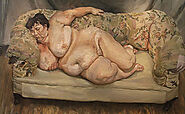
Lucian Freud (1908-2011): Freud's paintings are known for their intense realism and psychological insight. He portrayed nude figures with unflinching honesty, capturing every imperfection and vulnerability. These works, like "Benefits Supervisor Sleeping," were considered vulgar and disturbing by some, but admired for their raw portrayal of the human condition by others.
Thoughtful
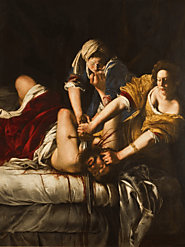
Artemisia Gentileschi (1593-1656): A rare female artist of the Baroque period, Gentileschi challenged societal expectations of women with her powerful and often violent paintings. Her work, like "Judith Beheading Holofernes," defied the traditional focus on male heroism and the submissive portrayal of women. Gentileschi's career was also marked by her resilience in the face of sexual assault.
Nonchalant

Francisco Goya (1746-1828): This Spanish artist's later paintings, known as the Black Paintings, are a series of dark and haunting etchings that grapple with war, violence, and societal ills. These stark images reflected the horrors Goya witnessed during the Spanish Inquisition and the Peninsular War, and challenged the optimistic outlook of the Enlightenment era.
Luxurious Wall Decor

*Gustave Courbet (1819-1877): *A pioneer of Realism, Courbet rejected idealized depictions in favor of portraying the working class and social realities. His painting "The Burial at Ornans" (1849) featured a somber funeral procession of ordinary townspeople, a stark contrast to the heroic or mythological subjects typically favored.
Masterpieces of Considerable Size